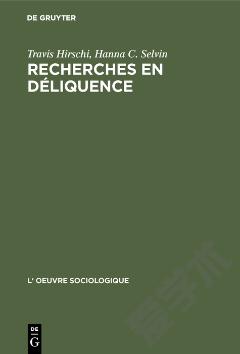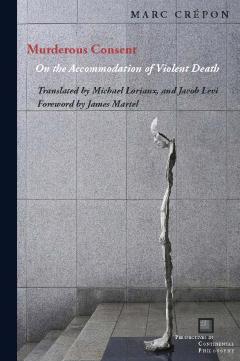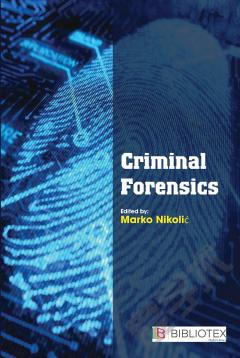Homicide Investigations
Dr. Albert P. Cardarelli (University of Massachusetts, Boston) and Dr. Charles Wellford (University of Maryland, College Park) opened the conference by presenting their research to help illuminate the consequences of unsolved murders and the variables that have contributed to the decline in clearance rates. Their research revealed that the changing nature of crime, the decentralization of police departments, and the rise in gang violence have all had an impact on the effectiveness of homicide investigations. Law enforcement executives, academics, attorneys, and federal government representatives addressed the different effective strategies that have been developed to combat these problems, including various management and personnel decisions, videotaping suspect interviews, considering the availability of eyewitness identification options (simultaneous lineups versus sequential lineups), DNA analysis, and using cold case units and crime analysts to increase clearance rates. Case studies presented at the conference highlighted both the strengths and weaknesses associated with various investigation techniques. A town hall forum allowed attendees to discuss variables that contribute to an effective homicide unit. A lively discussion ensued, with participants mainly focusing on the role of science and technology, specifically how technology may at first appear to complicate the process but ultimately assists law enforcement by fostering change and improving investigational methods.
{{comment.content}}








 京公网安备 11010802027623号
京公网安备 11010802027623号